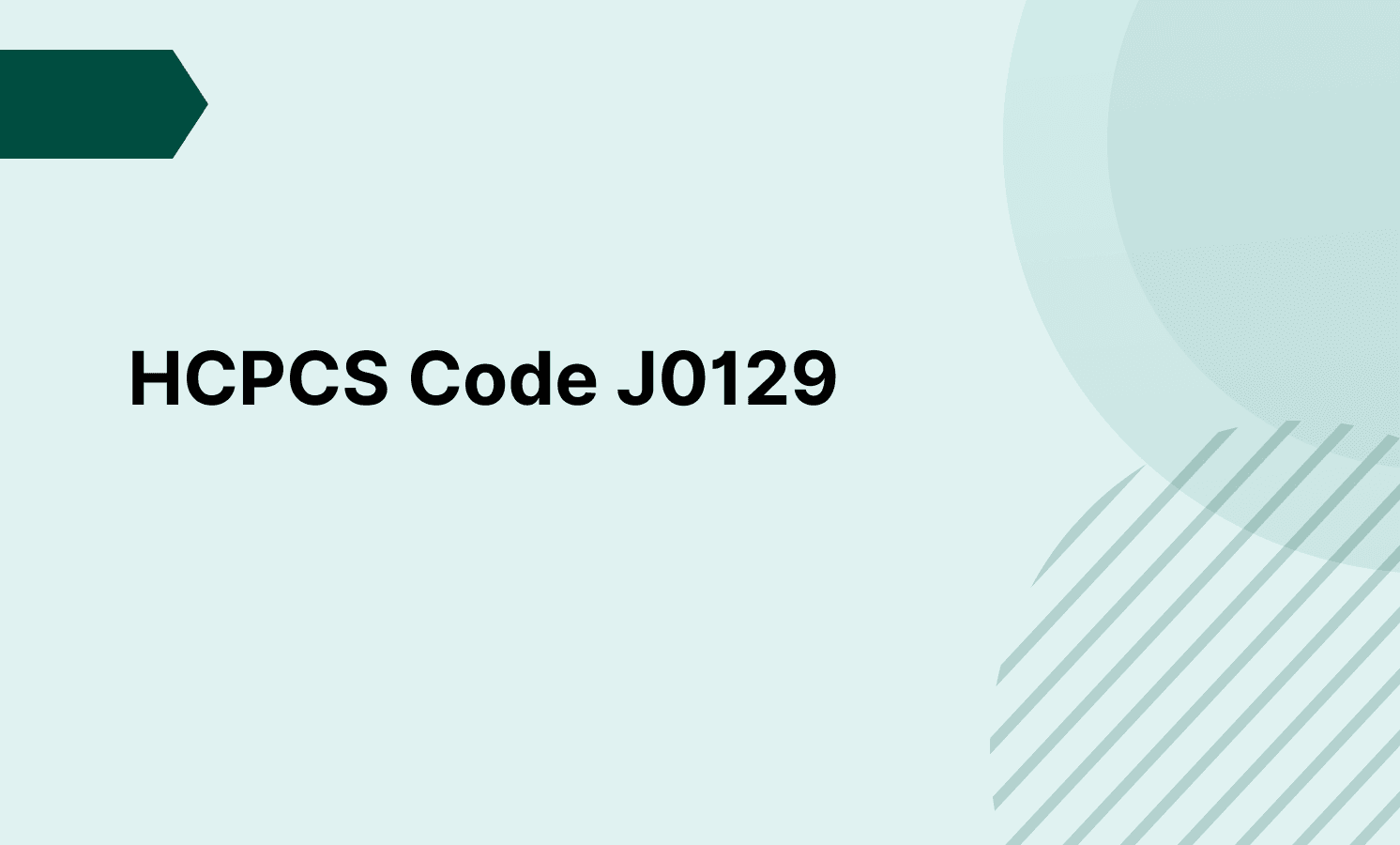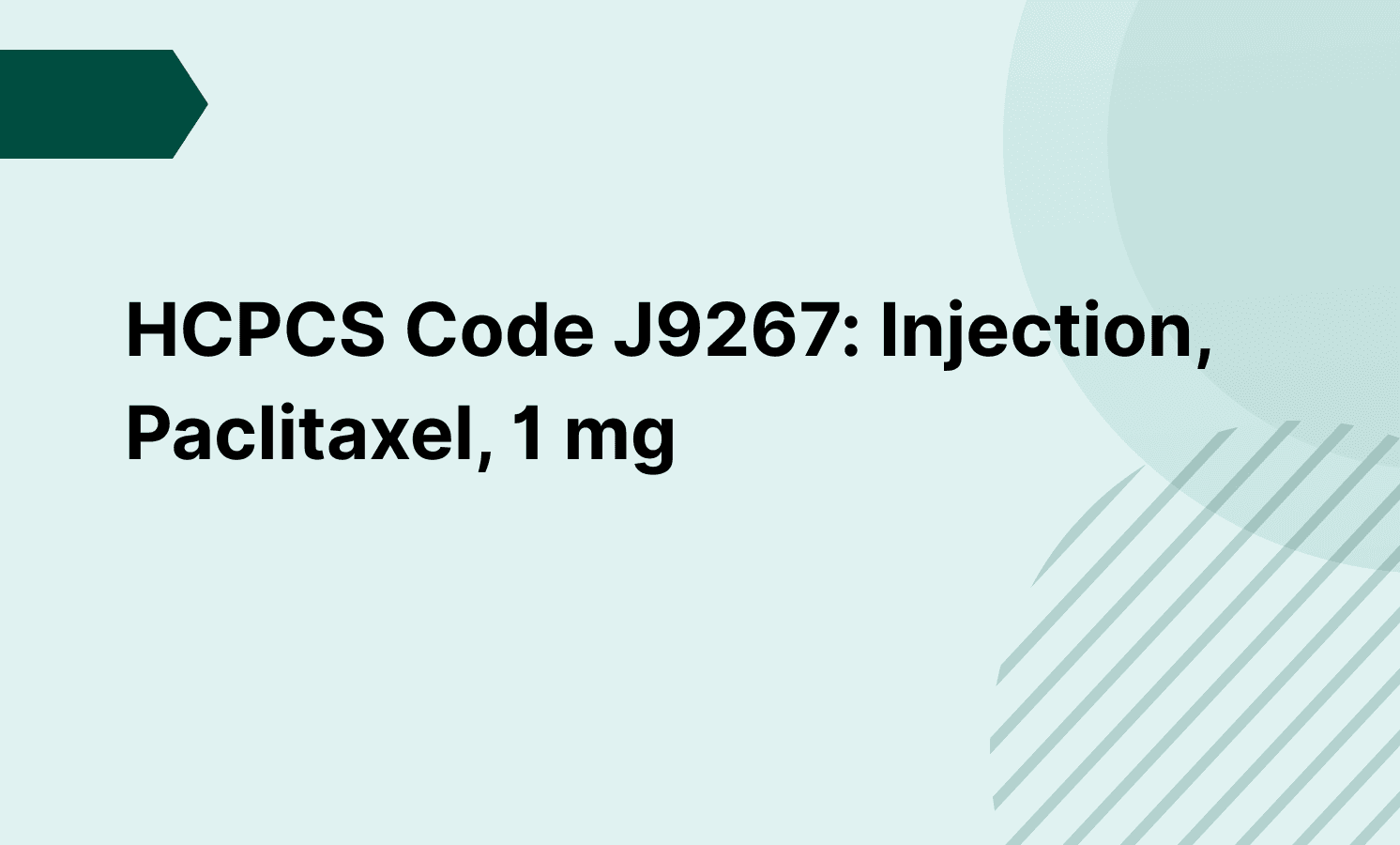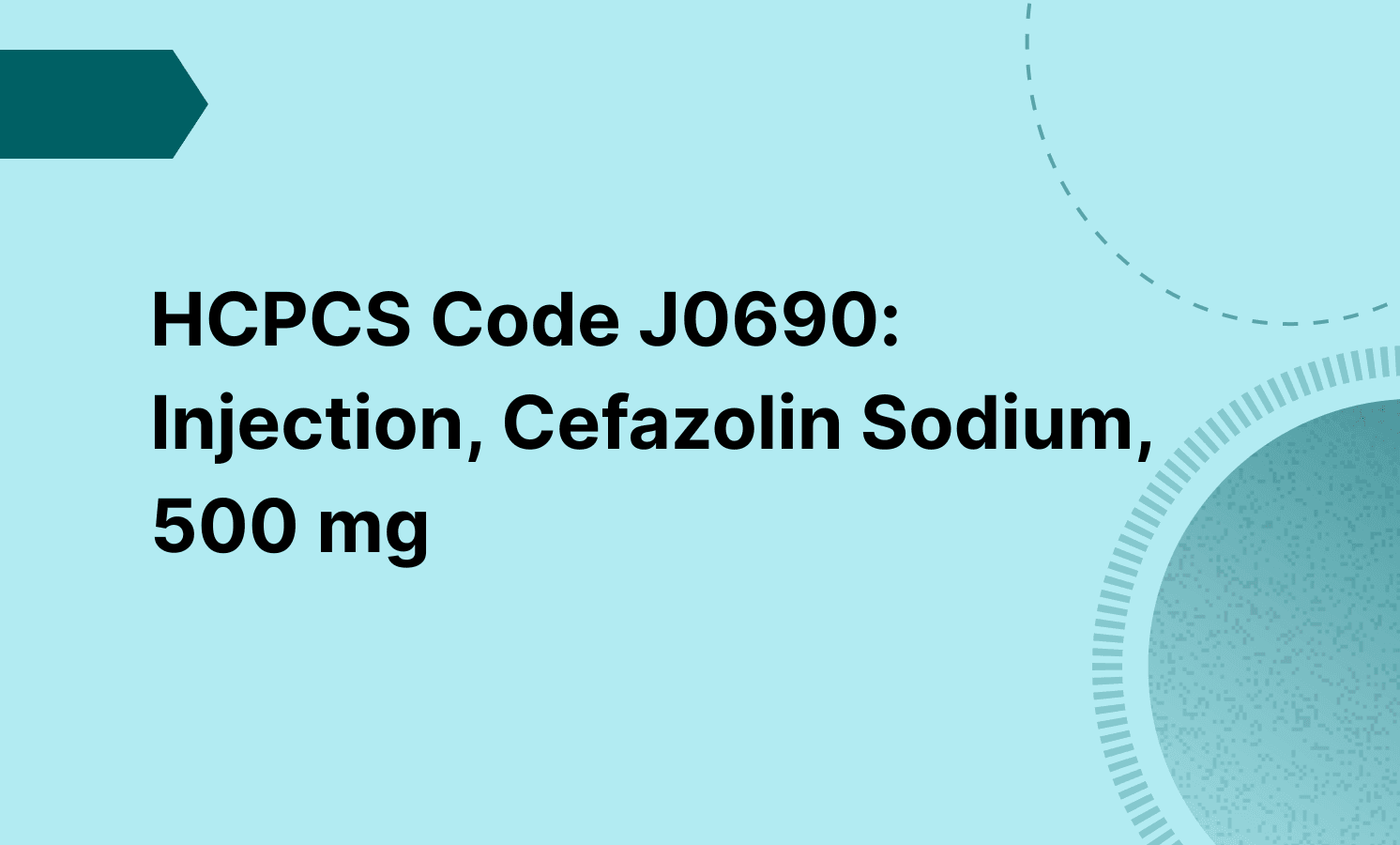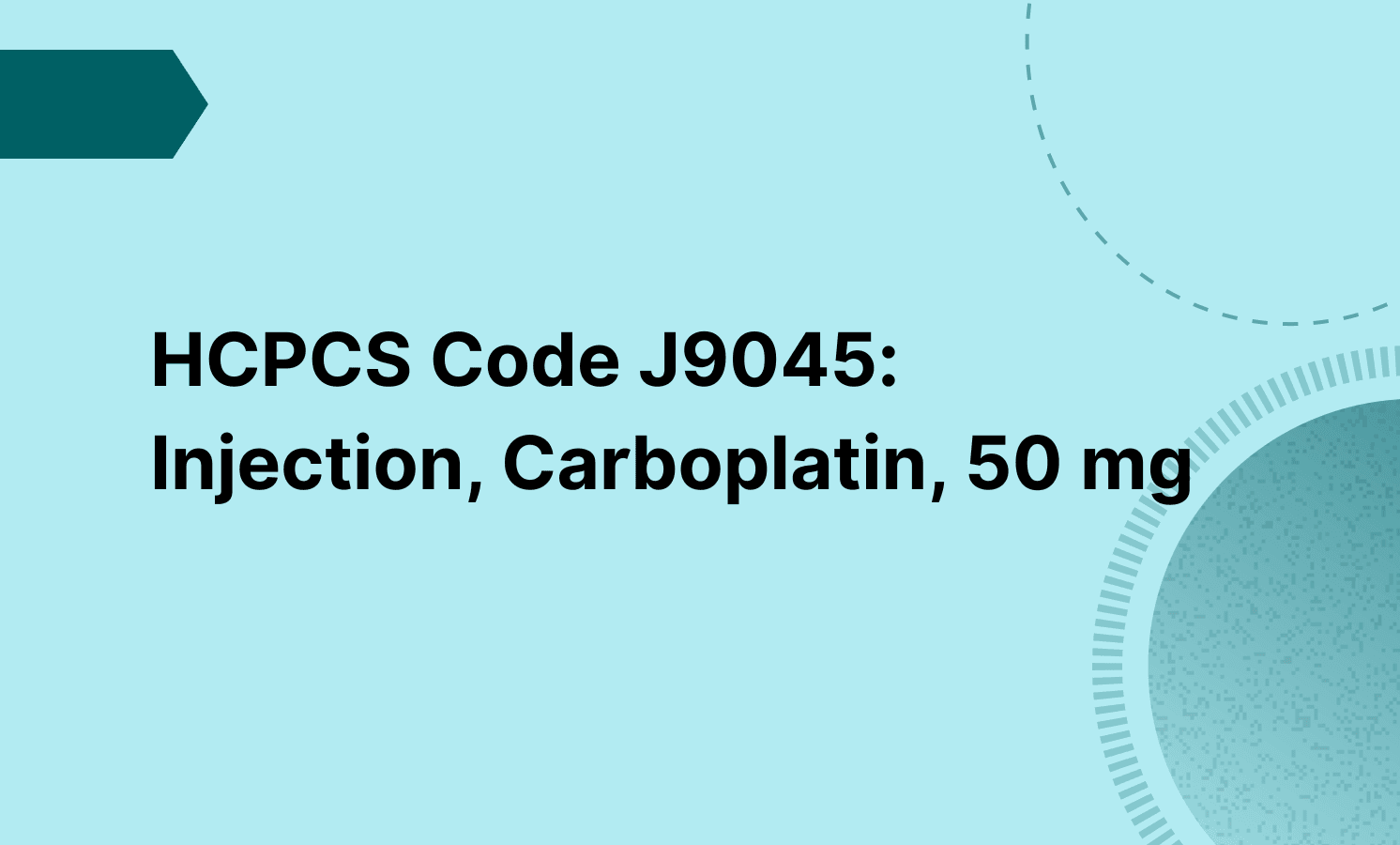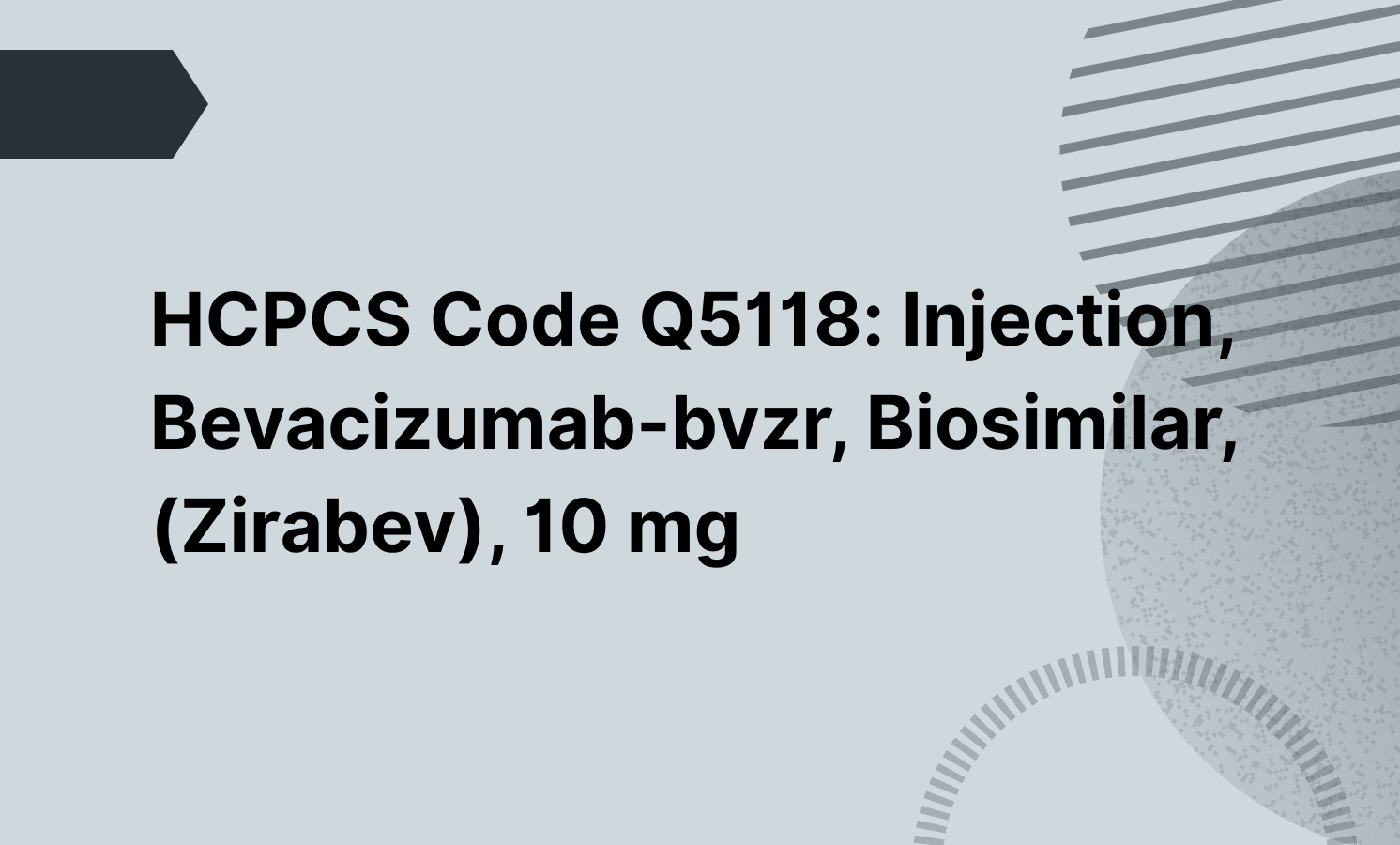A stress test is typically covered when medically necessary for patients with symptoms or conditions related to coronary artery disease (CAD), such as chest pain, shortness of breath, history of myocardial infarction, coronary artery bypass grafting (CABG), or other risk factors like diabetes or metabolic syndrome. ICD-10-CM codes documenting these conditions support medical necessity and coverage for CPT code 93015 by Medicare and other payers.
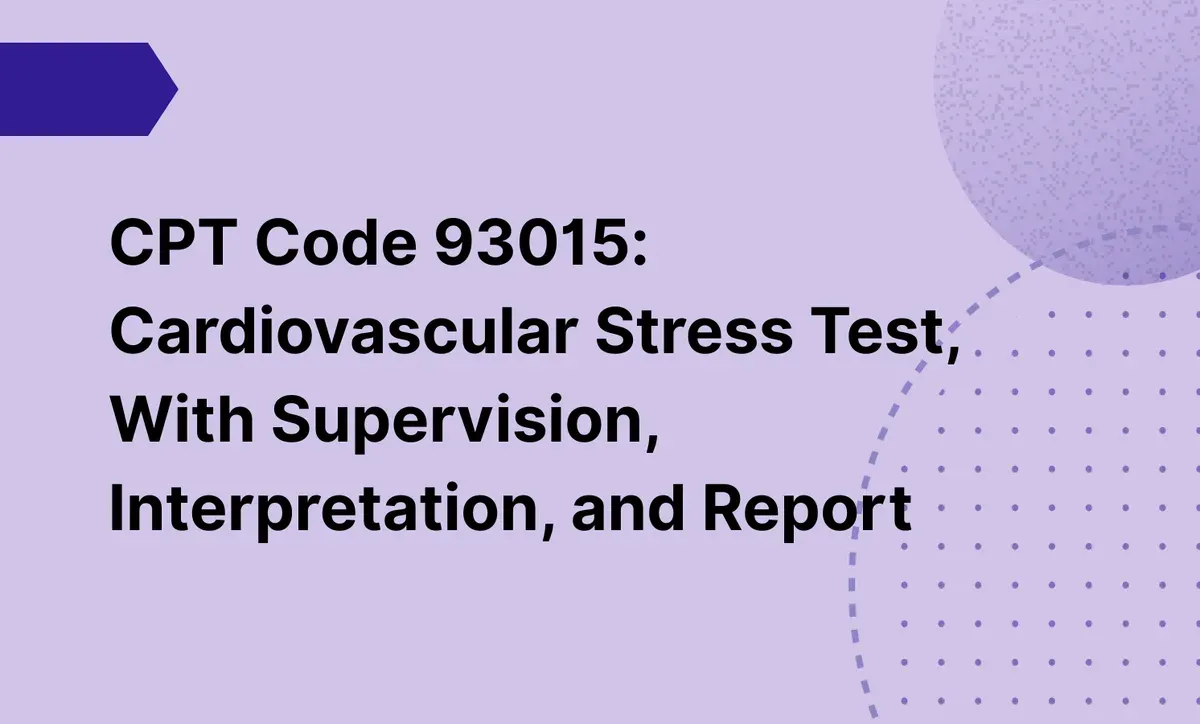
CPT Code 93015: Cardiovascular Stress Test, With Supervision, Interpretation, and Report
Learn about the 93015 CPT code for cardiovascular stress testing, its applications, and how it impacts patient care.
Frequently asked questions
No, CPT code 93015 is a global code that includes supervision, technical components, interpretation, and reporting of the stress test. It should only be reported by a single provider who performs all components in a non-facility setting. If different providers perform separate parts (e.g., supervision, interpretation, or technical services), they should report the component codes 93016 (supervision), 93017 (technical component), and 93018 (interpretation) separately.
CPT code 93000 (electrocardiogram, routine ECG with at least 12 leads) should not be billed separately when billing 93015 because 93015 includes the ECG monitoring as part of the complete cardiovascular stress test. Billing both together would be considered unbundling and inappropriate.
EHR and practice management software
Get started for free
*No credit card required
Free
$0/usd
Unlimited clients
Telehealth
1GB of storage
Client portal text
Automated billing and online payments


